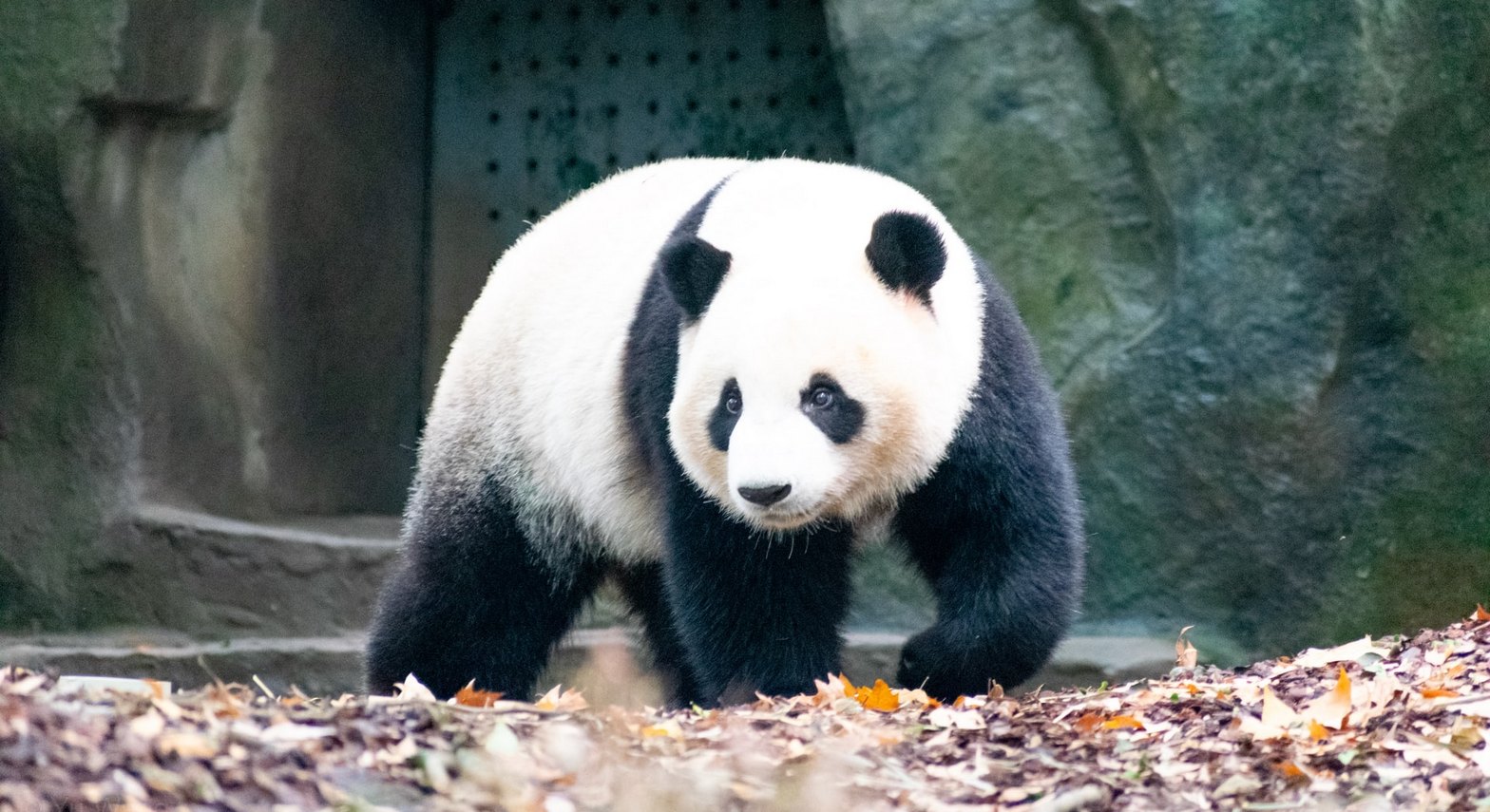WWF (World Wildlife Fund)
While many large foreign philanthropic foundations focus on improving people’s lives, WWF is concerned with achieving harmony between man and nature. It is one of the largest nongovernmental philanthropic organizations with offices in 130 countries and 5 million employees.
The Foundation was founded in 1961 by Englishmen Peter Scott, Luke Hoffman and Guy Monfort. After 10 years, thanks to the efforts of Prince Bernhard of the Netherlands, the Foundation became financially independent. Proper organization of the Foundation activities turned it into an elite charity club, donating money to which was prestigious.
The funds of the organization support more than 11,000 projects aimed at preserving the animal population, improving ecology and attracting attention to global issues of wildlife. One of the most famous campaigns of the foundation is the global Earth Hour.
History of the creation of WWF
1960 – English biologist Julian Huxley, as Director General of UNESCO, makes a working visit to East Africa to assess the ecology of the region and to carry out the necessary measures to protect the environment.
After the scientist returns to London, he writes an informative article in the Observer newspaper, about the threat of extinction of some animal species due to the rapid pace of destruction of their natural habitat.
This problem has stirred up a wide circle of the world community. Businessman Victor Stolan, proposed to set up a fund to raise funds for environmental protection measures.
April 29, 1961. – With the support of Peter Scott – vice-president of the International Union for Conservation of Nature (IUCN), the head of the advertising firm Guy Monforte, ecologist Max Nicholson, the World Wildlife Fund with its administrative center in the Swiss city of Morges is founded.
In the same year, a giant panda, an endangered species named Chi Chi, is brought to London Zoo. This inspired the Foundation’s founders to design an internationally recognizable panda logo.
1986г. – WWF changes its name to World Wide Fund for Nature to better reflect aspects of its work, while retaining the acronym WWF. Under the original name, WWF continues to operate in Canada and the United States.
Since 1985, WWF has invested over $1.165 billion in over 11,000 projects covering 130 nations.
WWF’s role and function
The role of the WWF is to reduce negative trends in changes of the natural environment and to eliminate anthropogenic and technogenic impacts on the ecosystem, to achieve harmonious existence of man and nature.
The functions can include:
- Providing information to governments on changes in the legal framework for the rational use of natural resources and the preservation of pristine natural ecosystems
- Promoting conservation of biological and species diversity on Earth
- conducting cooperative programs with other foundations and non-governmental organizations interested in carrying out the mission of the VPF
- Informing and educating people about how to live in a cleaner environment and encouraging them to donate to the development of FPP programs
WFTU activities
Initially WWF’s work consisted of raising charitable funds and making grants to nongovernmental organizations based on the best scientific projects to protect endangered species.
In 1990, WWF redefined its role in international activities and emphasized
preserving the planet’s biodiversity
Using energy-efficient technologies and renewable natural resources
Helping to reduce waste and emissions polluting the environment.
Encouraging the rational use of natural resources
WWF scientists identified 238 ecoregions that represent the world’s most biologically significant terrestrial, freshwater and marine habitats based on biodiversity analysis.
In the early 2000s, WWF’s work focused on some of these ecoregions. Activities covered forestry, freshwater and marine habitats, the conservation of endangered species, climate change, and the elimination of the most toxic chemicals.
In 1996 WWF obtained consultative status from UNESCO.
Today, the main activities of WWF are conducted in six priority areas
- Climate change
- forest ecosystems
- Water Cycle and Freshwater 4.
Ocean and Marine Ecosystems 5. - Species diversity of flora and fauna
- Chemical pollution
Every year the WWF implements more than 1200 environmental projects to draw the attention of millions of people to the problems of nature conservation.
A famous project was the annual international action “Earth Hour”.
Structure of the WWF
The International Secretariat is located in Switzerland. It leads and develops WWF’s strategy. WWF policy is developed by the members of the Council, who are elected for a three-year term. The National Council acts as an advisory group.
WWF also includes groups of scientists and conservationists.








